Established in 1917 to train Royal Flying Corps aircrew during WWI, Duxford was also the base for two United States Aero Squadrons, 137 and 159, and by the end was a mobilisation airfield for three DH9 day bomber squadrons. During the 1920s and 30s, expansion continued apace, with three fighter squadrons, 19, 29 and 111, and the presence of many illustrious names, including Harry Broadhurst, Johnny Kent and Frank Whittle. The first aerodrome in Fighter Command to receive the Spitfire (in August 1938), Duxford rose to supreme prominence during the early part of the Second World War. Part of 12 Group detailed to protect the industrial midlands and north east Britain, the base’s role during the Battle of Britain was mired in controversy due to the ‘Big Wing’ tactics of Douglas Bader and Trafford Leigh-Mallory. From October 1942 to the end of the war, Duxford was essentially an American base for, variously, the 8th Air Force, 350th and 78th Fighter Groups. Postwar the RAF operated jets from the station until 1961 when the future was put on hold. Managing to avoid the ignominy of becoming a prison or sports complex, the Imperial War Museum finally came to the rescue making Duxford into today’s premier international air museum. Richard Smith’s research has led him to numerous previously unpublished collections from which he has unearthed some marvellous images of historical significance. This work is a must for the collector, historian or veteran of the times.
RAF Duxford
A History in Photographs from 1917 to the Present Day
Richard Smith
£12.99
Categories: Aviation, Battle of Britain, WW2.
Additional information
| Weight | 480 g |
|---|---|
| Dimensions | 252 × 195 × 480 mm |
You might also like
-
Oswald Boelcke
RG Head
Oswald Boelcke was Germany’s first ace in World War One with a total of forty victories. His character, inspirational leadership, organisational genius, development of air-to-air tactics and impact on aerial doctrine are all reasons why Boelcke remains an important figure in the history of air warfare.
In this definitive biography RG Head explores why Oswald Boelcke deserves consideration as the most important fighter pilot of the 20th century and beyond; but also for setting the standard in military aviation flying. This book will appeal to enthusiasts of the German air force, military aviation in general and World War One in particular.
£20.00read more > -
Harrier Boys Volume 2
Bob Marston
In the second volume of Harrier Boys, as with the first, the history of this remarkable aircraft in service with UK armed forces is illustrated through personal reminiscences of the people who worked with it. The book begins with explanations of the mature concept of operations with the Harrier GR3 in the Cold War. It then progresses through the evolution of Harrier II, starting with the GR5, and updates to the Sea Harrier, while the potential battles to be fought necessitated ever-changing tactics and technology.
£20.00read more > -
Forever Vigilant
Graham Pitchfork
208 Squadron based at RAF Valley in Anglesey will be celebrating its 100th anniversary in October 2016, making it one of the few RAF squadrons to achieve this unique distinction whilst still part of the RAF’s current order of battle. To celebrate this achievement, Air Commodore Pitchfork has compiled a chronological history of the squadron’s main activities and personnel with the aim of illustrating the spirit, comradeship, and professionalism of the squadron.
£25.00read more >


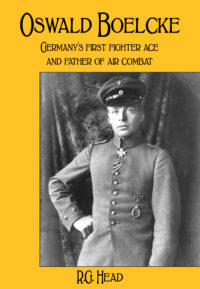
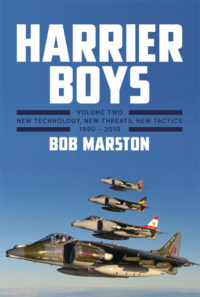
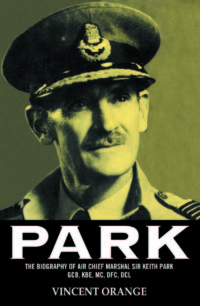
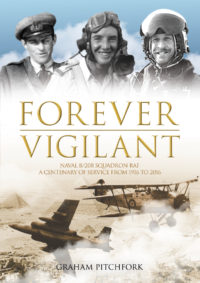
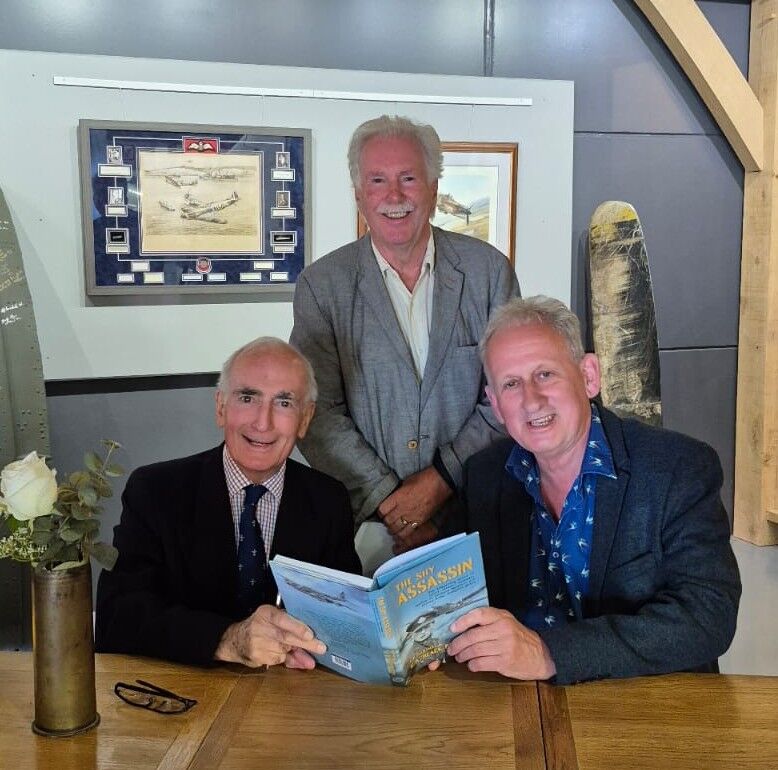
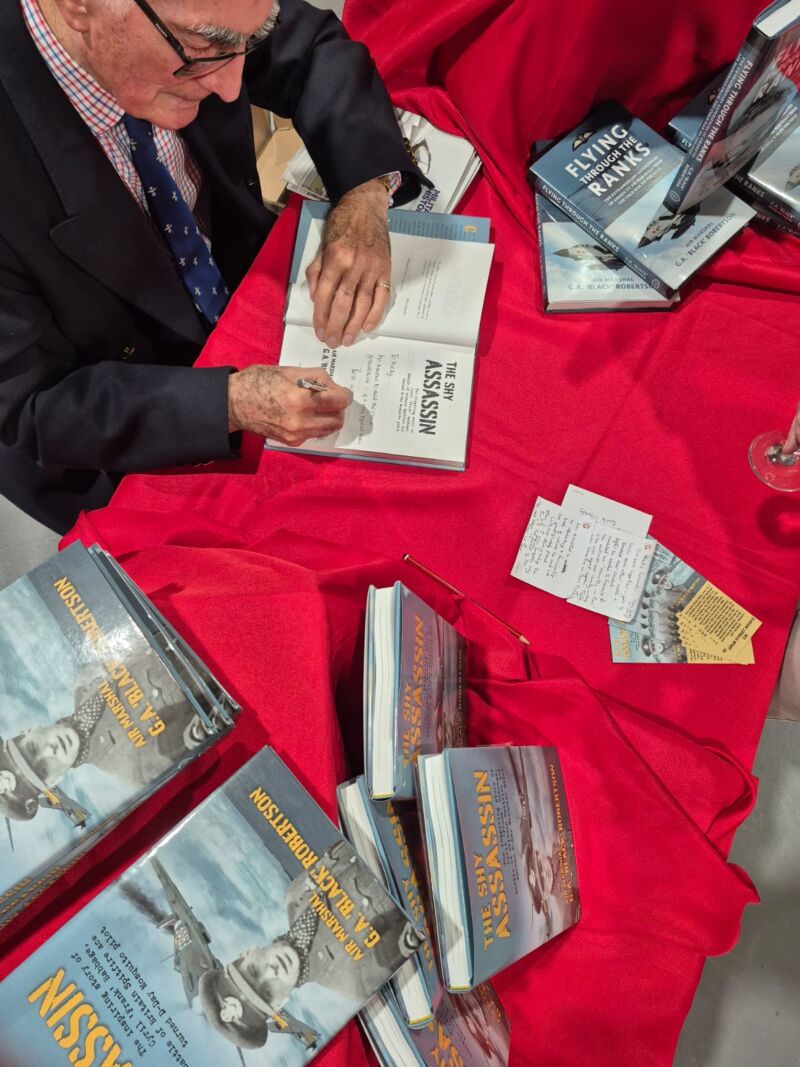
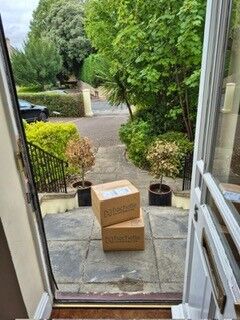
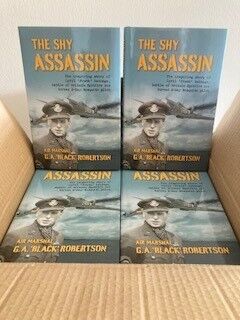
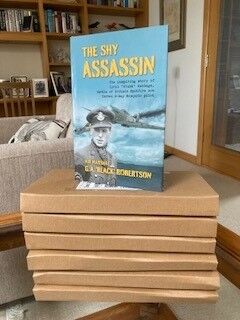
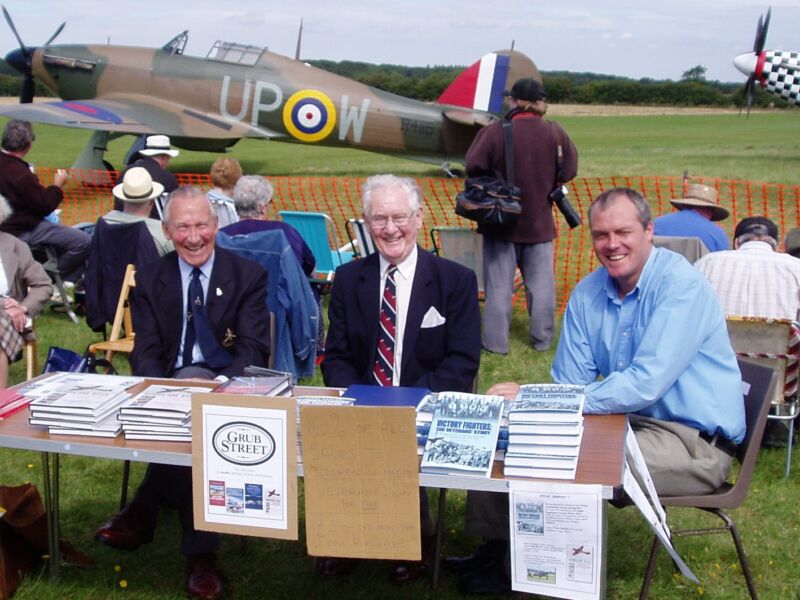
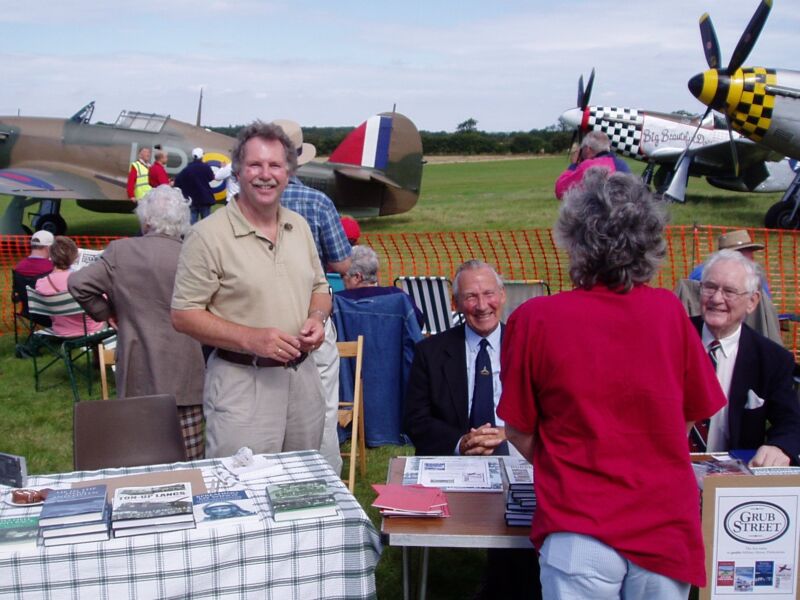

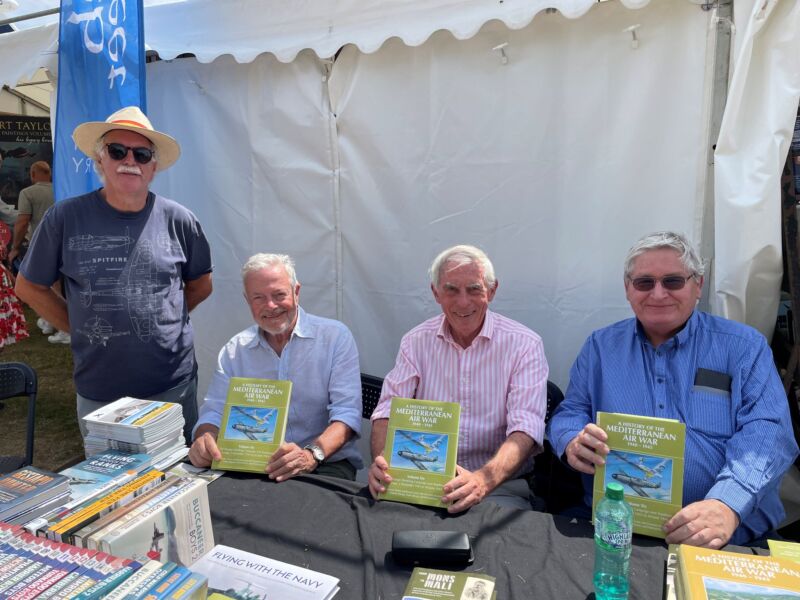
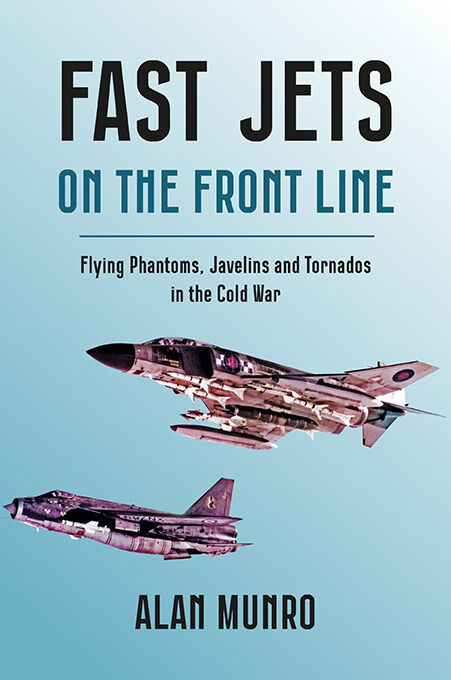
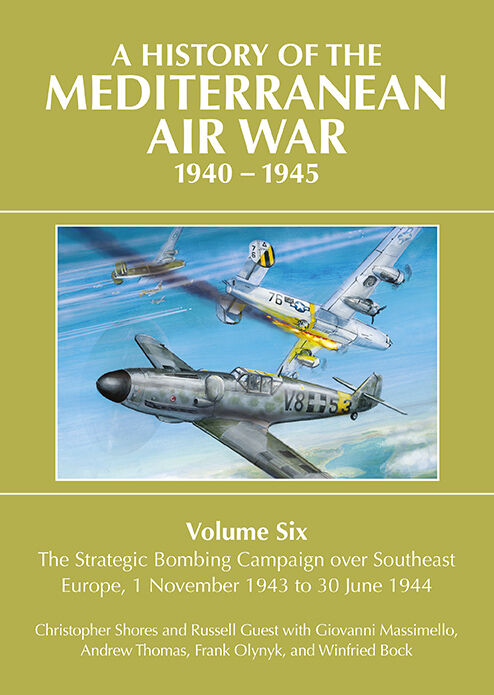
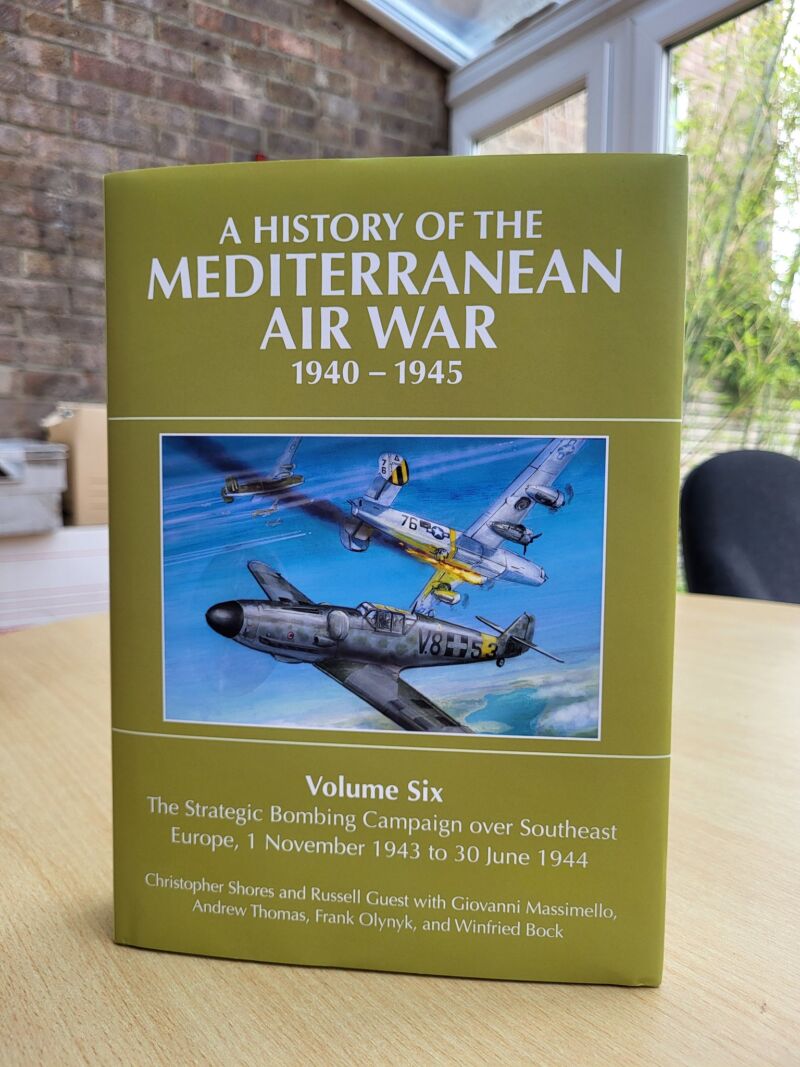
Reviews
There are no reviews yet.